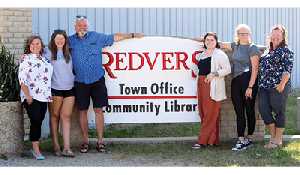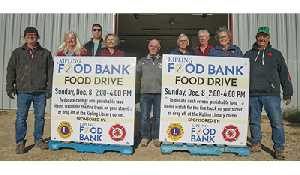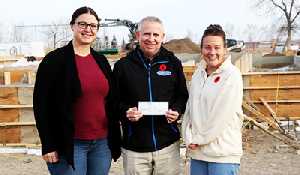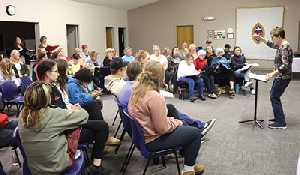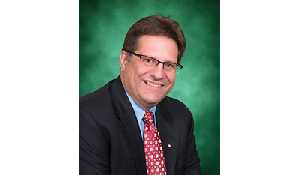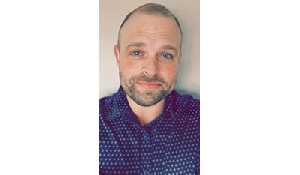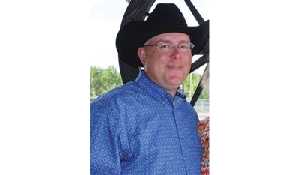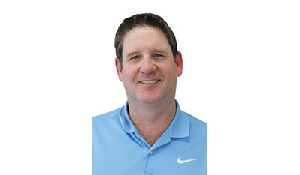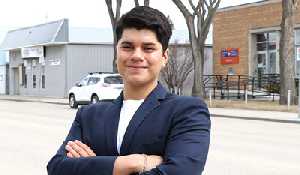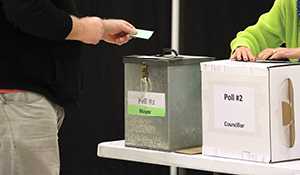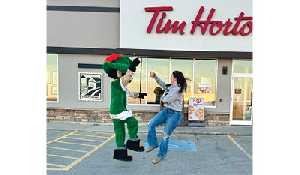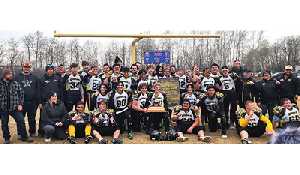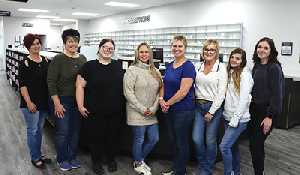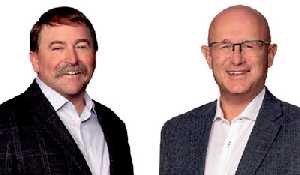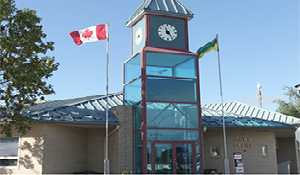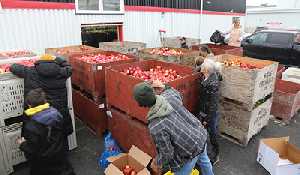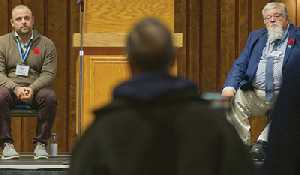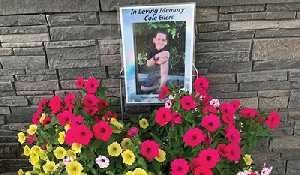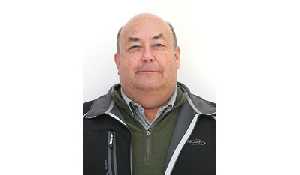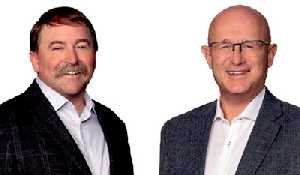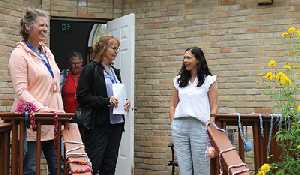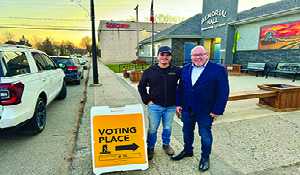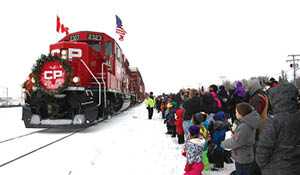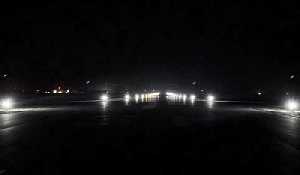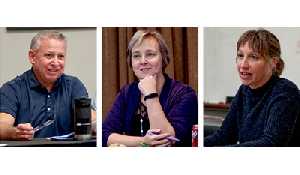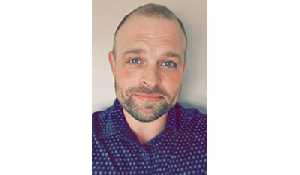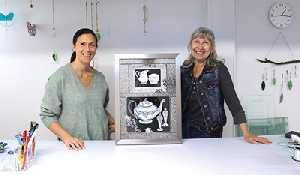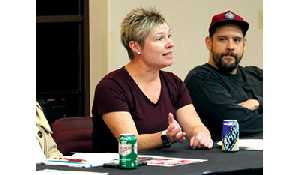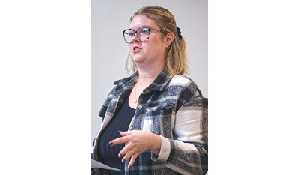Vaderstad looking for workers as it expands
June 1, 2022, 2:50 pm
Kevin Weedmark
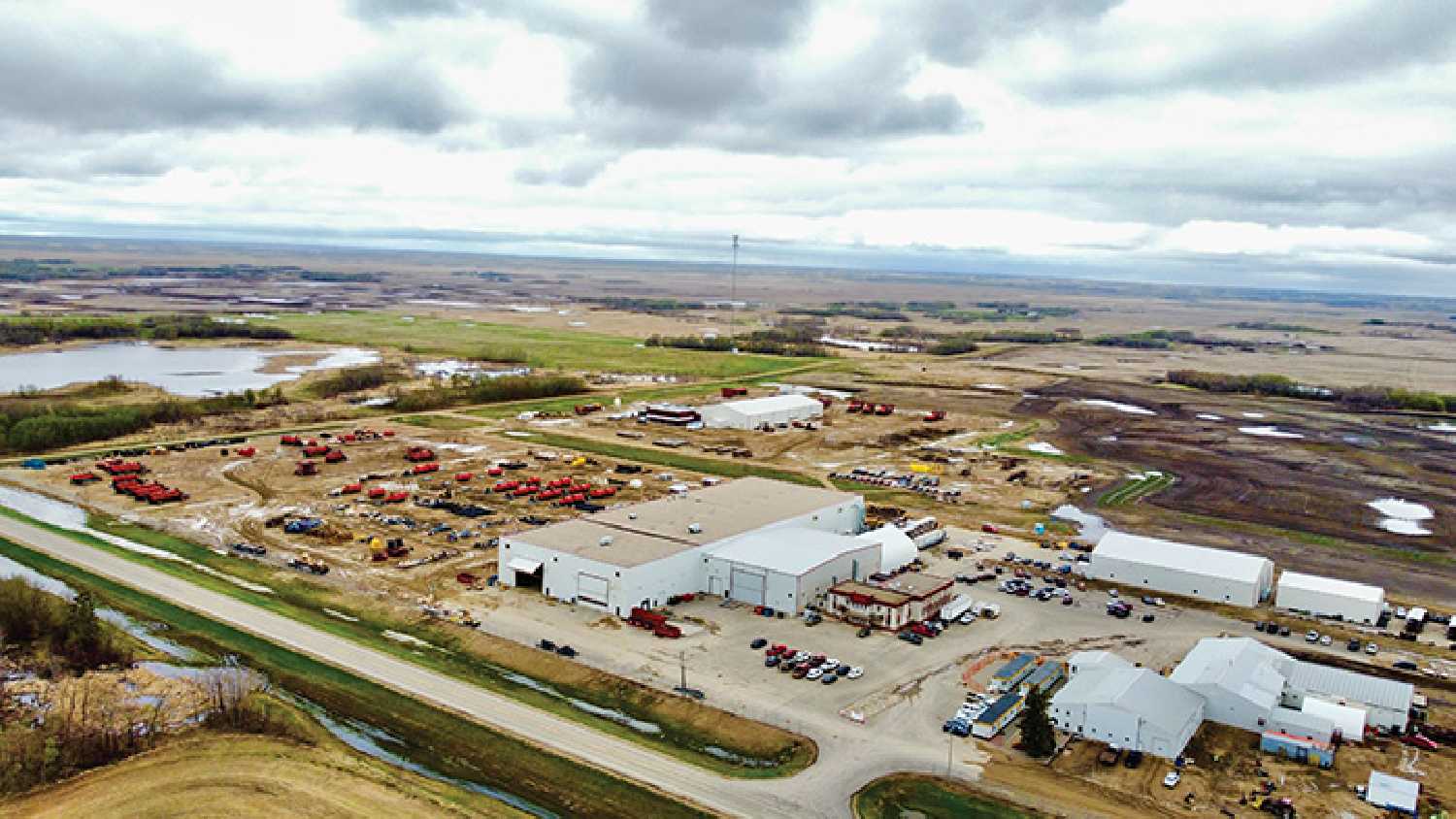

Nigel Jones, CEO of Vaderstad Industries Inc., says the company is looking for more workers as it continues to expand production at its sprawling Langbank manufacturing plant.
“We started out as Seedhawk in Langbank in 1992. This year will be our 30th year for Seedhawk,” Jones said in an interview.
“It started out as a very small operation, built up around the Seedhawk opener. On the back of that were the development of the seeder, the toolbar, and then the tank. From those humble beginnings it grew fairly steadily for the next few years.
“The product development was on site as well, so the business wasn’t only about manufacturing, it also had some development capability on site at the same time. Then, around 2006 is when Vaderstad first got involved, Vaderstad being a Swedish privately owned company. They were looking at expansion into North America and Seedhawk was exploring with opportunities for expansion maybe into Europe even. There was a good fit and good synergies between the companies in terms of their objectives.
“At that time Vaderstad took a 49 per cent position in the company. Over the next few years it continued with a steady growth, nothing spectacular, just steady. It grew to somewhere north of just about a hundred employees.
“Then around 2014 is when Vaderstad finally bought all of the company, and at that point it became a part of the Vaderstad company.
“Then in 2015 was the launch of the iCon, which was the new product development. At that time it was more technological in terms of the equipment.
“Since 2015 we have seen much more rapid growth in terms of the growth trajectory. In 2017 was when the brand actually changed, the colours changed and the Vaderstad name was on the product. It was a big year in terms of product transition, marketing of branding. Since then, we have had steady growth trajectory, we have increased from the 100 employees to just about 250 now, so that is a significant increase and the sales revenue has grown substantially as well along with that.
“In 2015, we made about $50 million and this year we will be somewhere closer to $160 million.”
He said a combination of factors have led to higher sales.
“We have made a lot of efficiency improvements over the last five years. We have gone down the LEAN manufacturing path, we are working towards world class manufacturing.”
A year ago, a second shift was added. “We have done a lot of improvements in terms of efficiency but obviously the addition of the second shift just gives you that extra boost,” said Jones. “The second shift is a half shift, it only needs to operate on the toolbar line. The cart line is still effectively one shift.”
Employees needed
Jones says many new employees have been hired by Vaderstad as it ramped up the second shift, and more are still needed.
“We could hire 40 people tomorrow,” he said. “That would be 20 to fill the vacant spaces and 20 would be to fill contract labour. We are still relying on contract labour which basically flies in from the East Coast.”
He said Vaderstad is looking for a number of skills.
“We are looking for a combination of skills,” Jones said, “from assembly work to welding, and we are now seeking people who can manage and operate robots.”
“We need people who can work with robot welders in particular at the moment, but we are looking at more developments and more automation in the plan,” said Jones. “We need people who can program and maintain robots and automation. We are looking for a range of skills.”
He said there are benefits and challenges to operating a manufacturing plant in a rural area.
“The benefits are we are close to the community,” he said. “Our equipment is used in rural locations. It is a good place to be in terms of being close to the people who use it, the farmers. We do develop quite large equipment so it is good we do have a large facility and a large site to be able to be close to the conditions, the actual areas where the machines are used. Those are advantages.
“One of the challenges is that it’s difficult to attract people to the area. We realize we have a lot of small communities around us as opposed to being in a larger center such as Regina or Saskatoon, but it’s still a challenge to find all the staff we need. That is the downside for us in terms of managing the growth.”
How is Vaderstad trying to overcome that challenge?
“We are aiming to be an employer of choice,” says Jones. “We work a lot on our benefits and our work environment. Safety is first in terms of our values. We focus a lot on the employer branding side of things. We want to be attractive to employees, we want employees to join, and we want them to stay. We spend an awful lot of time on the employer branding and work environment side of things. We invest a lot in the local communities, so we can build the brand so people know who we are, and so they understand what it is they would be walking into if they did come to work at the facility.”
Vaderstad now has an operation in Wahpeton, North Dakota in addition to the Langbank site. “In Langbank we are Vaderstad Canada now and in Wahpeton they are Vaderstad U.S.,” says Jones. “We do have our own independence in terms of legal entities, but we do share some resources as well. For instance if we look at HR, finance and IT, we share resources in those areas so we can have some consistency. On the operational side we collaborate a lot and work together and learn from each other, and share lots of ideas.”
Need for further growth
There is still a need to further grow the operation in Langbank.
“We have a five to ten year plan which is continued growth,” said Jones. “The challenge in the Langbank facility will be there is only so much dollars to invest before you need to hire more people again, and that’s where there is a challenge. The challenge for us at the moment is to create that pipeline now so we have enough workers later. If we can attract the right people with the right skills and qualities, then we can spend some dollars on investments. There is definitely potential for it and plans to try and exploit those opportunities for growth.”
Working with communities
Jones said Vaderstad is working with local communities to ensure everything is in place to attract more workers.
“We’re working closely with the communities in terms of how can we attract workers to the area. In Moosomin and Whitewood in particular, we have had some good conversations in terms of opportunities, housing projects, schooling, health care, training and daycare. Those are the main things. Those are kind of our challenging criteria. If we can work with communities on those issues, there’s room for further growth.”

